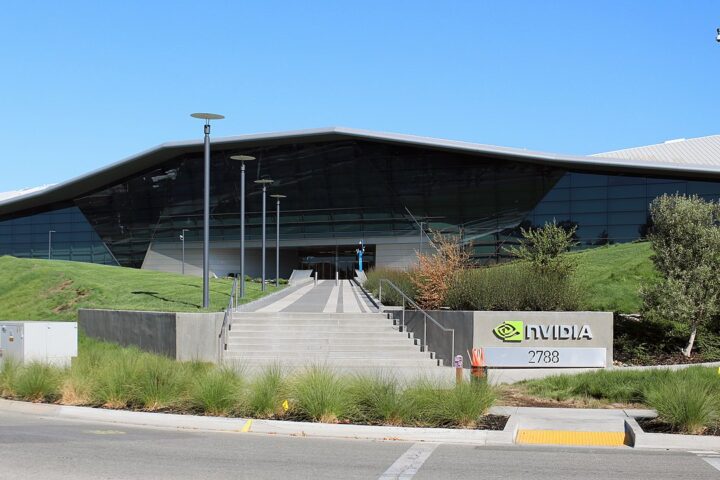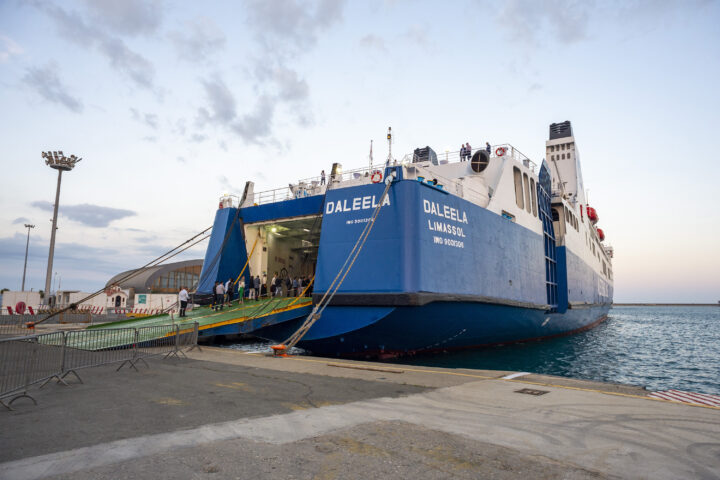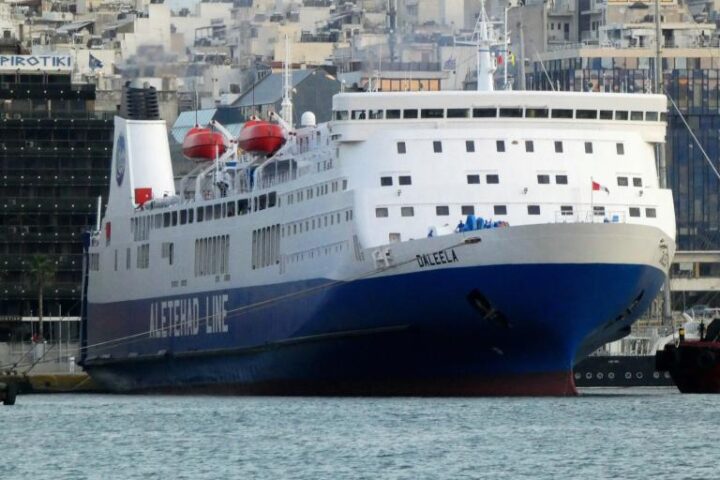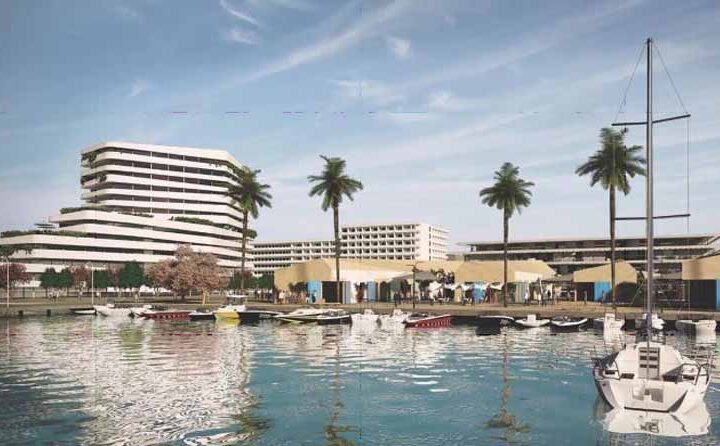Moody's Investors Service has downgraded the Government of Lebanon's issuer ratings by a notch from Caa1 to Caa2 and remain on review for downgrade since the country’s economic, social and political crisis has further intensified from the start of October.
The rating agency said that the downgrade “reflects the increased likelihood of a debt rescheduling or other liability management exercise that may constitute a default”.
.jpg)
“Widespread social protests, the resignation of the government and loss of investor confidence have further undermined Lebanon's traditional funding model based on capital inflows and bank deposit growth, threatening the viability of the peg and macroeconomic stability.”
Moody’s said the review period over the next three months will allow it to assess the likelihood of a debt restructuring scenario that could lead to losses for private investors that are larger than is consistent with a Caa2 rating.
Moody's also downgraded Lebanon's senior unsecured Medium Term Note Programme (MTN) rating to (P)Caa2 from (P)Caa1, and affirmed the other short-term rating at (P)NP. The (P)Caa2 rating is also on review for downgrade.
Lebanon's long-term foreign currency bond and deposit ceilings have been lowered to Caa1 and Caa3, respectively. The long-term local-currency bond and deposit ceilings have been lowered to B2. The short-term foreign currency bond and deposit ceilings remain Not Prime.
Moody’s said that in the absence of rapid and significant policy change, a rapidly deteriorating balance of payments and deposit outflows will bring GDP growth from 0.2% in 2018 to or below zero, further stoking social discontent, undermining debt sustainability and increasingly threatening the viability of the peg.
Widespread social protests and the recent resignation of the government have diminished the likelihood of the passage of the 2020 budget and implementation of the agreed reforms necessary to unlock confidence-enhancing external support packages via CEDRE investments (Conférence économique pour le développement, par les réformes et avec les entrprises) or secure financial support from Gulf Cooperation Council (GCC) allies that are essential to ease immediate liquidity risks and allow the economy to recover over the longer term, the rating agency added.
In general, external financing conditions have tightened further with Eurobond yields rising to distressed levels and signs of decreasing confidence in the sustainability of the peg against the US dollar.
Moody’s explained that the Lebanese economy has traditionally relied on foreign direct investment and remittance inflows from the diaspora to sustain economic activity and fund the fiscal and current account deficits. Declining cross-border capital inflows over the past few years have led the Banque du Liban (BdL, the central bank) to draw on its existing stock of foreign exchange reserves to ensure foreign currency debt service payments by the government, while maintaining the currency peg and financial sector stability.
Moody's expects that, in line with previous political risk shock episodes, the pace of deposit outflows will increase, further depleting the country's usable liquid foreign exchange resources and threatening the viability of the peg. The emergence of a parallel exchange rate and the trend toward deposit dollarisation which as of September 2019 stood at 73% from 65% in June 2016, already indicate the fragility of the exchange rate regime.
At present, according to Moody's estimates, the BdL has a usable foreign exchange buffer of about $5-10 bln left to draw from based on the sum of changes in the economy's net foreign assets in the past, or when adjusting the stock of foreign exchange reserves at $29.3 bln as of September 2019 for banks' negative net foreign asset position at over $25 bln. In the absence of new net inflows, these $5-10 bln will likely be consumed by the government's forthcoming external debt service payments estimated at $6.5 bln this year and next, including the $1.5 bln November 28 maturity.
Although insufficient to restore debt sustainability, Moody's estimates that maturity extension or debt cancellation options involving the BdL's debt holdings amounting to 50% of GDP could act as first loss vehicle as long as the currency peg remains in place. However, those options are diminishing the longer Lebanon's economic and political crisis persists.
Meanwhile, Moody’s added that environmental considerations are relevant for Lebanon's credit profile in particular through the impact of climate change on the tourism industry which competes with other Mediterranean resorts. Signs of water shortages will become more evident due to increased demand from agriculture and industry.
Social considerations are one of the key credit drivers for the sovereign, including the downgrade and review for further downgrade. Sectarian fragmentation leads to regular protracted negotiations between political parties and government stalemates, reflected in Moody's assessment of heightened domestic political risk.
Sectarian fragmentation also impacts governance, which is partially alleviated by the BdL's non-partisan policy focus including on behalf of the government, providing key credit support for Moody's assessment of Lebanon's institutional strength.







